Introducing Pure Ceylon Tea
Ceylon Tea is one of the most distinguished flavors of tea, celebrated all across the world. Well known for its rich aroma, taste and color.
Every sip gives a unique feel of its wonderful taste for which Ceylon Tea is well known for. Ceylon Tea is considered to be the “Best among the Rest” in the tea industry around the world. One sip of pure Ceylon Tea will give out a refreshing sensation to relieve the tension of a stressful day. Ceylon Tea has reserved its reputation throughout history by stimulating the minds of people across the globe including Royals.
‘Tea ‘was introduced to the world as a Commercial Crop by a Scotsman named James Taylor. He was able to spread the name and its unique flavor throughout the country and across the world within a short period of time, justifying its significance.
Today Sri Lanka is among the leading Tea producers and exporters in the World. Based on the distance from the ground at which a tea plant is grown, Ceylon Tea is branded as Low grown, Mid grown and High Grown. Upon the country’s geographical locations tea regions are named as Dimbula, Kandy, Nuwaraeliya, Ruhuna, UdaPussellawa and Uva.
Tea Regions of Sri Lanka
Dimbula
Refreshingly mellow
Dimbula teas are characterized as ‘high-grown’; the regional definition specifies an elevation of between 1,100m and 1,600m (3,500-5,000ft.), but in practice the region’s estates all stand at an altitude of over 1,250m (4,000ft.). The teas of Dimbula, like all high-grown teas, are slow-growing and small-leaved. Dimbula planters, however, focus on flavour rather than leaf style in the manufacture of their products. The complex topography of the region produces a variety of beneficent microclimates, which show up as differences in flavour. All, however, share the Dimbula character: a tea that produces a fine golden-orange hue in the cup, with a distinctive freshness to the flavour that leaves a clean feeling in the mouth after the tea is drunk. The higher the elevation at which it was picked, the greater will be the brightness and freshness of the liquor in the cup.
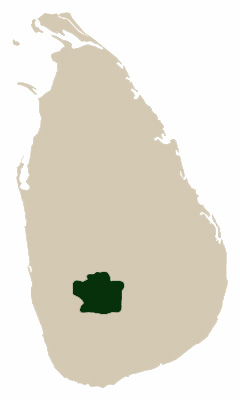
Kandy
Intense and rich
Kandy is a promising district in the Central Province of Sri Lanka with its capital nestled in a rather low-lying valley. The estates are spread around the surrounding hills, namely Nilambe, Hantane, Pussellawa, Gampola and Hewaheta. The mountains are not as high-up as those in the southern part of the central province, therefore the tea in the Kandy region is branded as ‘mid-grown’. The altitude for cultivation ranges between 650m and 1,300m which is approximately 2,000-4,000ft.
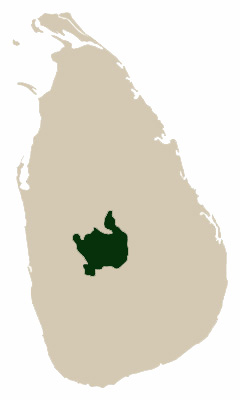
Nuwaraeliya
Gracefully Scented
The town, from which the district takes its name, sits hovering on a plateau at 1,868 m (6,128 ft) above sea level, beneath the outline of Sri Lanka’s tallest mountain ‘Pidurutalagala’. NuwaraEliya is blessed with two seasons of great quality, the eastern and the western. The sense of balance between the two climatic systems varies from estate to estate. One can experience a complete change of weather within a short drive from one location to another. The tea produced in NuwaraEliya has a rare and refined quality, which easily sets it apart from the lower-grown varieties of tea. The High altitude and constant low temperatures produce a very slow-growing bush with unusually small leaves that takes on an orange hue against the blackness. After withering the infused leaf takes on a greenish-yellow tone, and the infusion when brewed is the palest among all the regional varieties of Ceylon Tea. It gives out a subtle golden yet delicately fragrant bouquet.
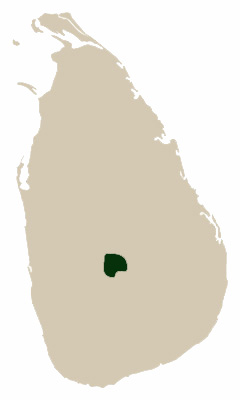
Ruhuna
Distinctly Exclusive
The Tea produced in the Ruhuna District isdefined as ‘low-grown’. The tea estates of the region lay at altitudes of 600m (2,000ft) amid sea levels. Although the key tea cultivating areas are relatively near the coast, the predominant weather patterns prevent the crop from receiving the full force of the southwest monsoon winds and rain. Before ‘tea’ was introduced, this zone of moderate climate, watered by several small rivers, was devoted to the cultivation of spices. The soil of the region combined with the low elevation of the estates, causes the tea-bush to grow rapidly, producing a long, beautiful leaf that turns intensely black on withering and is particularly suited for ‘rolling’.
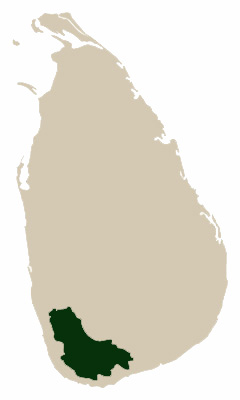
Uda pussellawa
Delicately tangy
Lodged between the Kandy and Uva districts on the eastern slopes of the hill country, UdaPussellawa tea is occasionally compared in character with that of NuwaraEliya. It appears somewhat darker when brewed, with a pinkish hue and gives out a flavor of great strength. The eastern season which begins in June and ends in September produces the best teas of the year, very closely followed by the western season during the first quarter. The dry and cold weather conditions during the latter period of the year adds a hint of a distinguished flavor to a tea which is otherwise identified as a tea of medium body and subtle character. During the periods of heavy rainfall, the tea which is produced is of a much darker shade when brewed and is exceptionally strong in flavor.
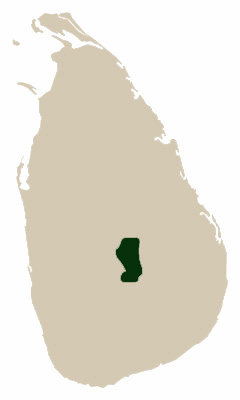
Uva
Exotically fragrant
The tea grown in the Uva region has a very distinct flavor and is mainly used in blends. The tea is grown at an elevation of 3,000 to 5,000 ft above sea level. The tea which is produced in this region comes from the estates of Bandarawela, Badulla and Haputale. Experts say that the unique character of the tea is mainly due to the climate in the region. The region is exposed to winds from two monsoons, the northeast and southwest.The weather in the region is relatively dry, predominantly during the ‘quality season’. The Estates in the Uva region produce a substantial amount of green tea through theAssamesestock. These teas are produced mainly in the region of Idalgashinna.
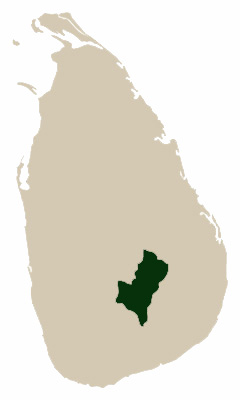






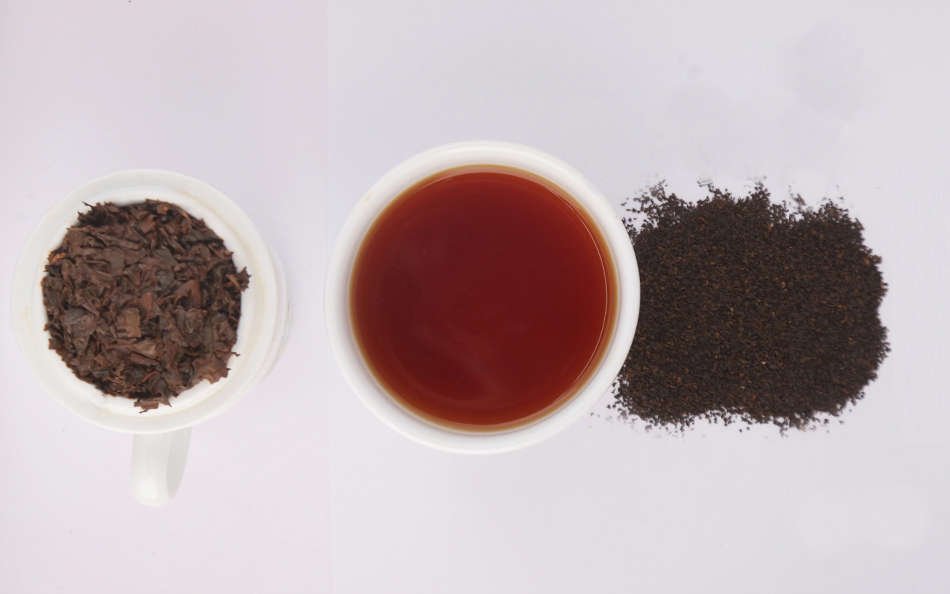





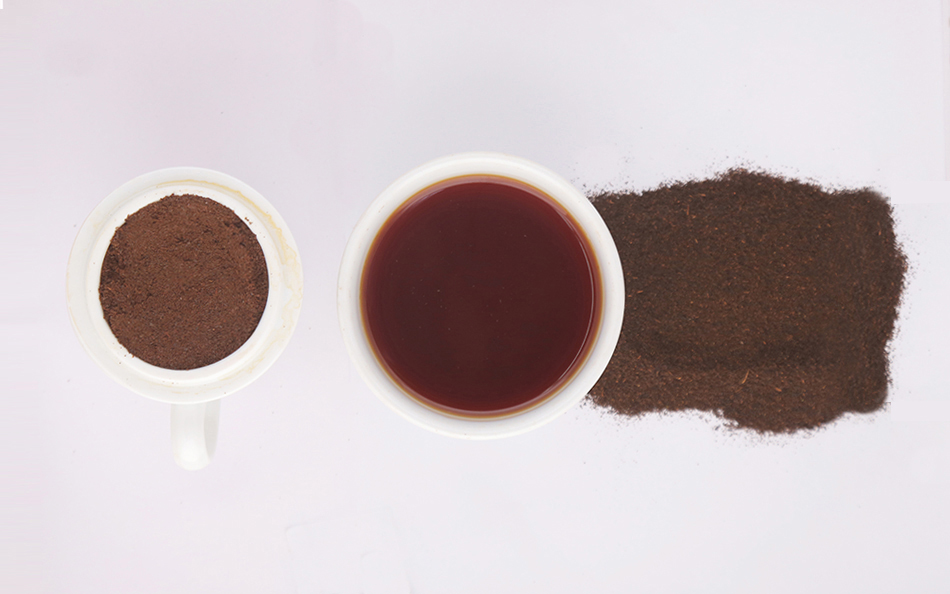
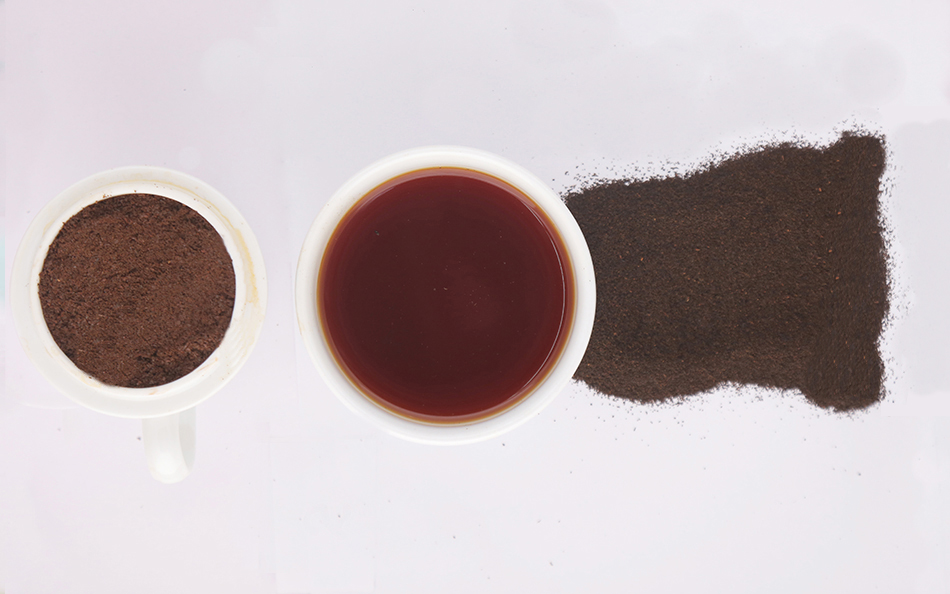
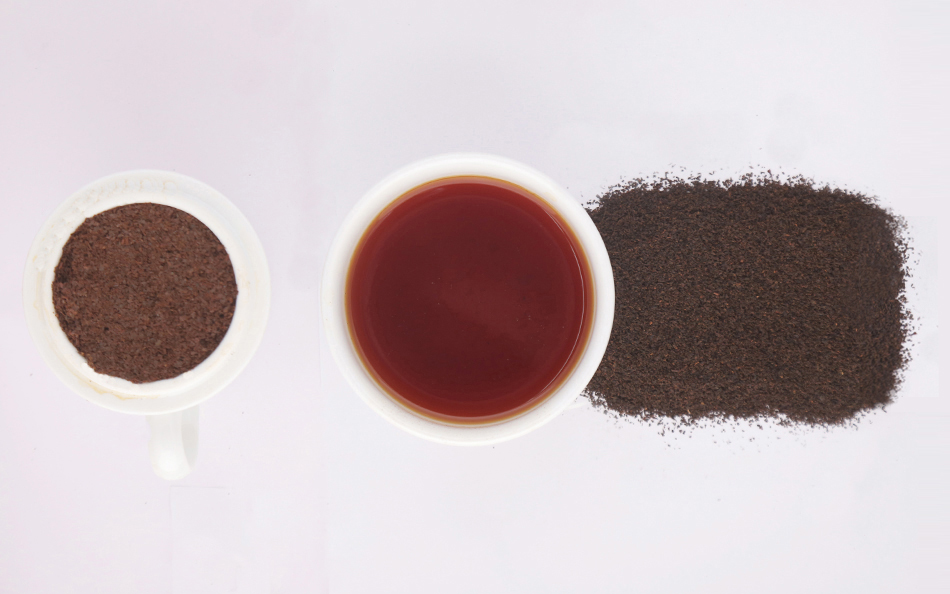
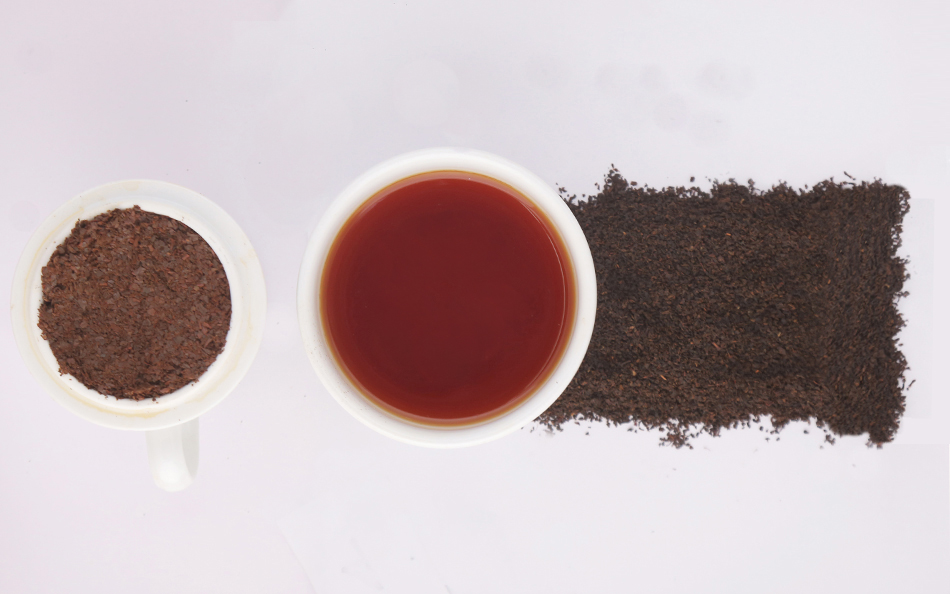
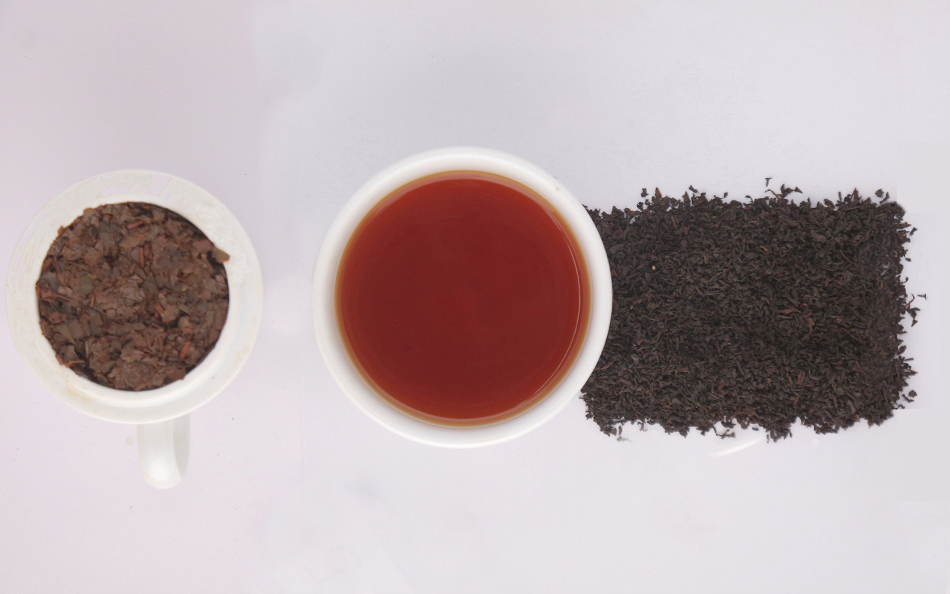
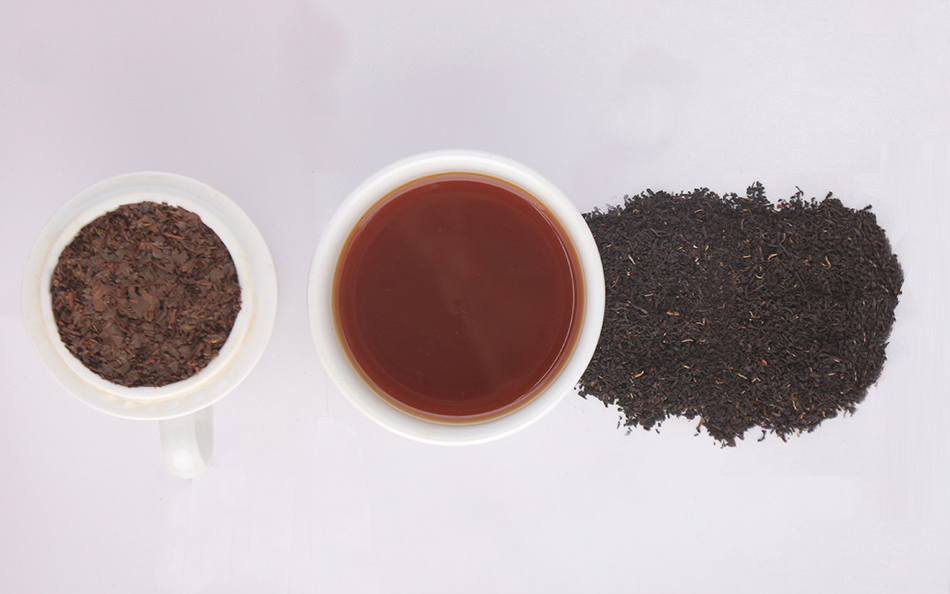
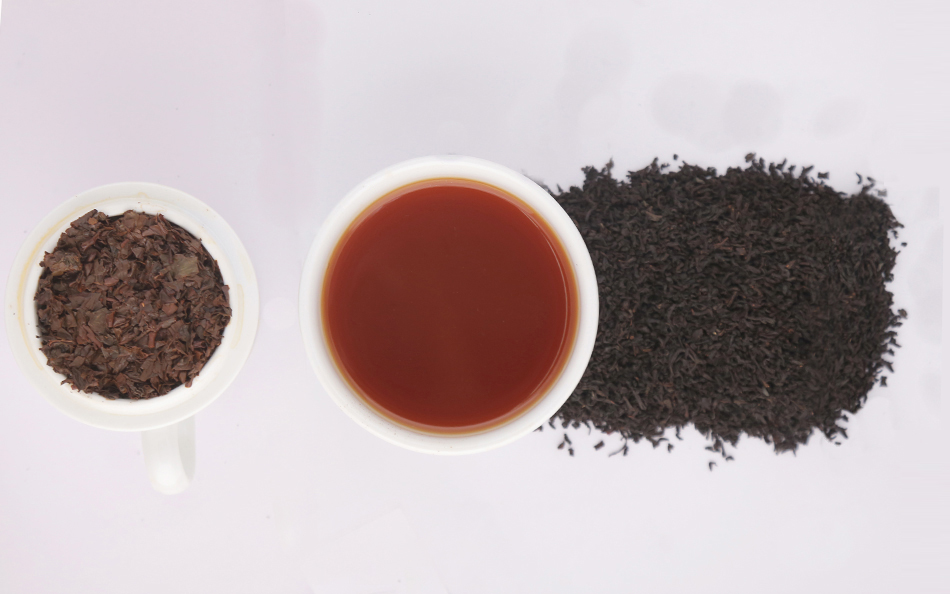
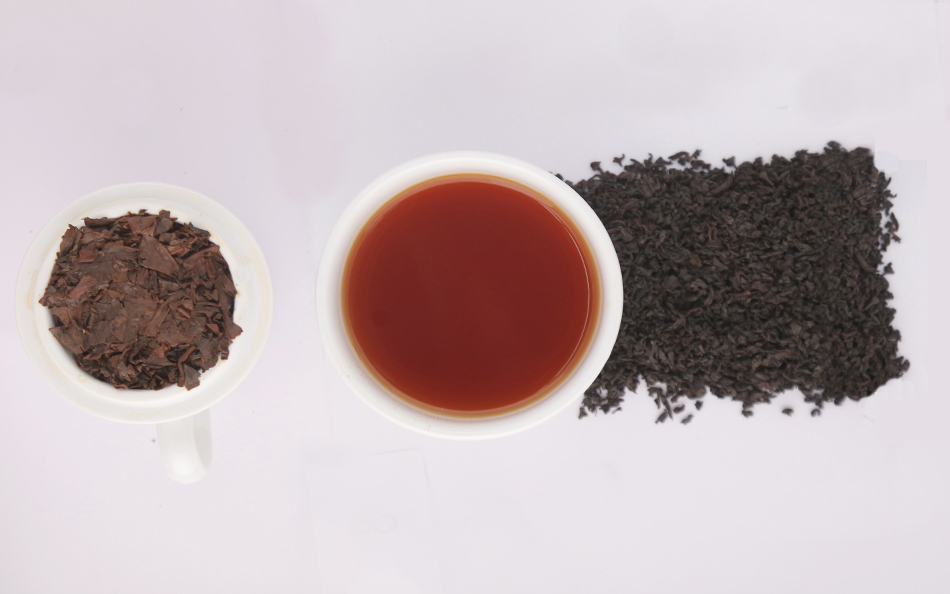
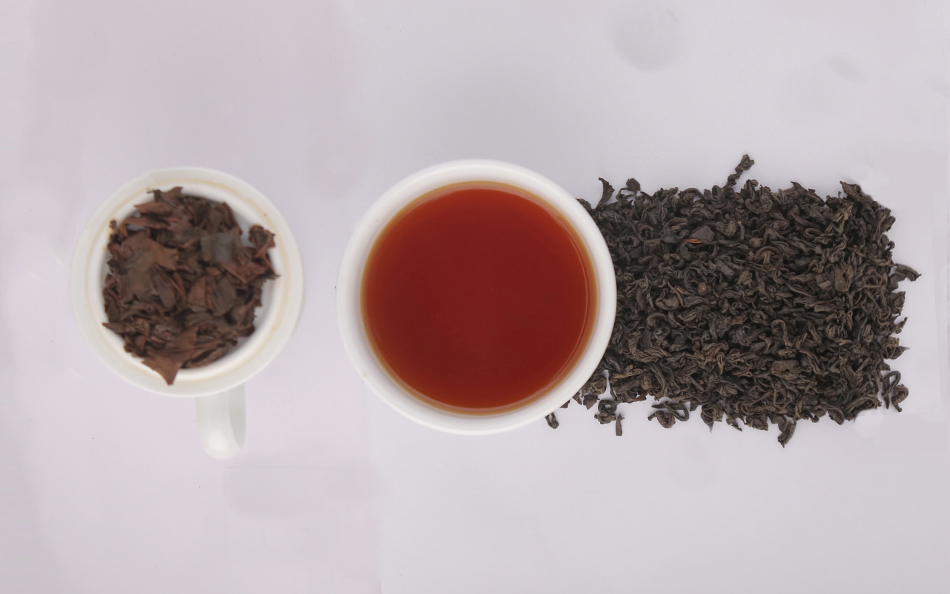
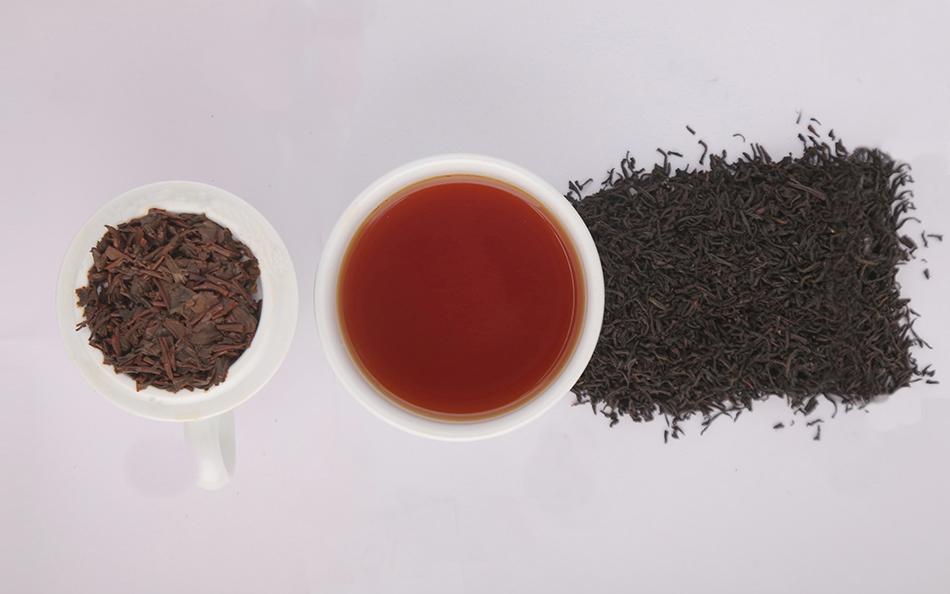
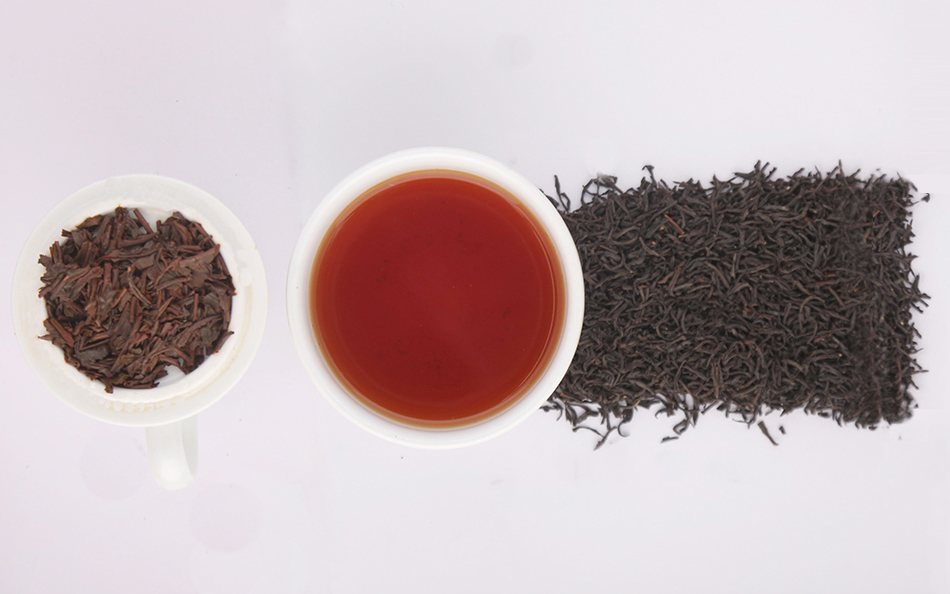
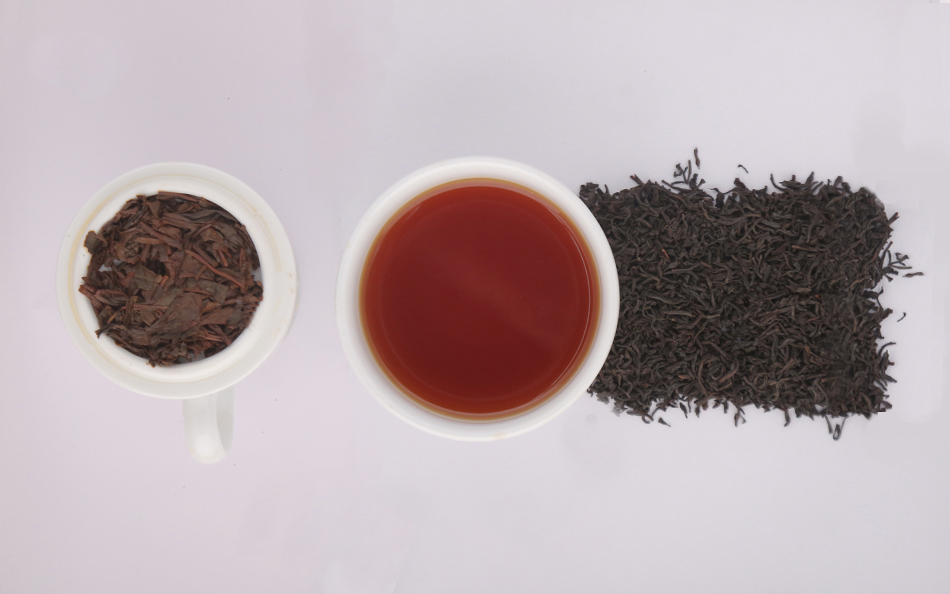
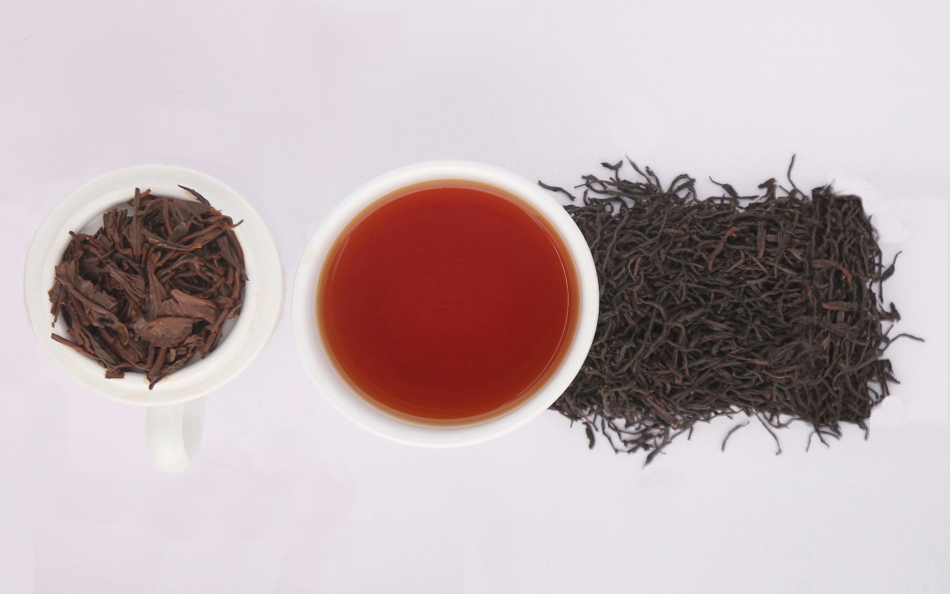
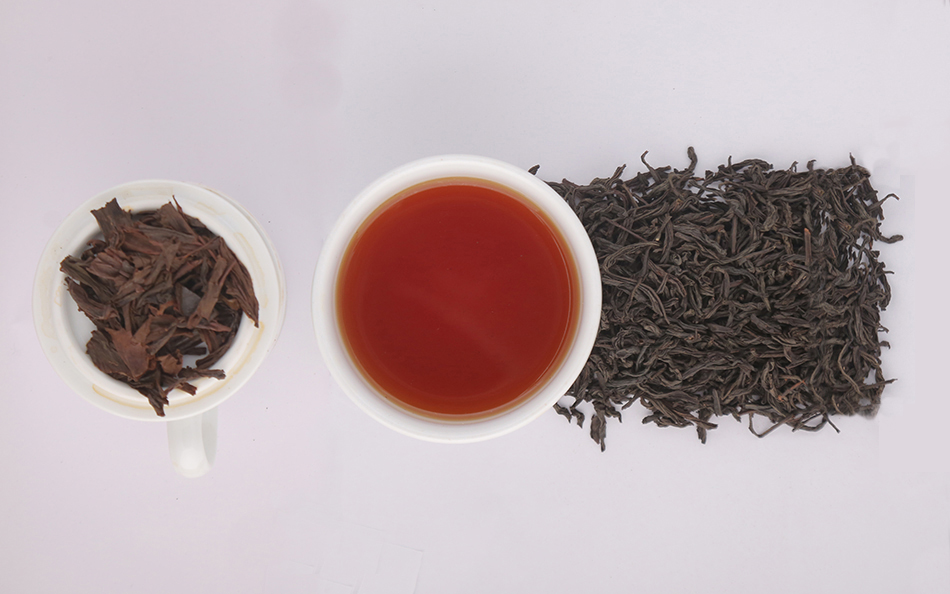
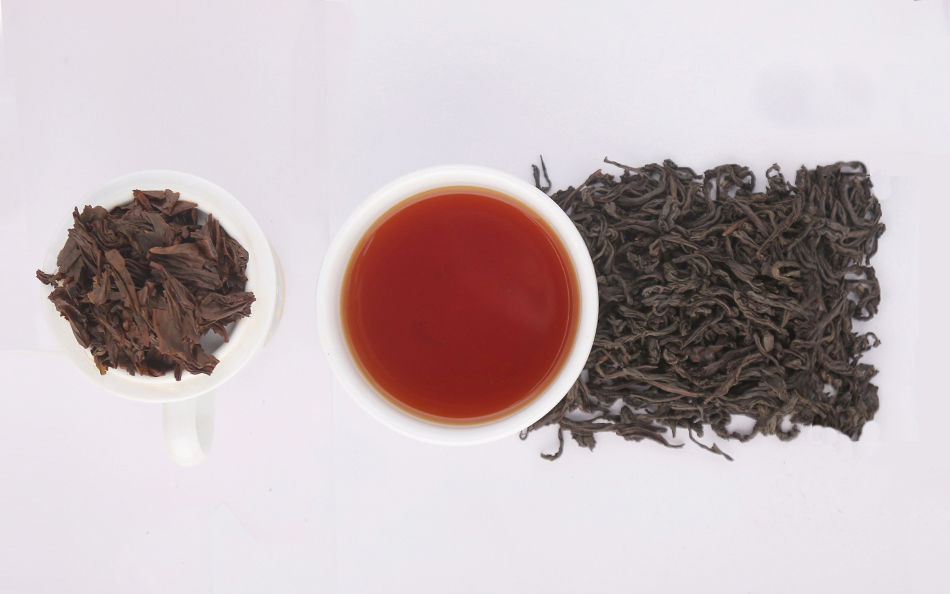
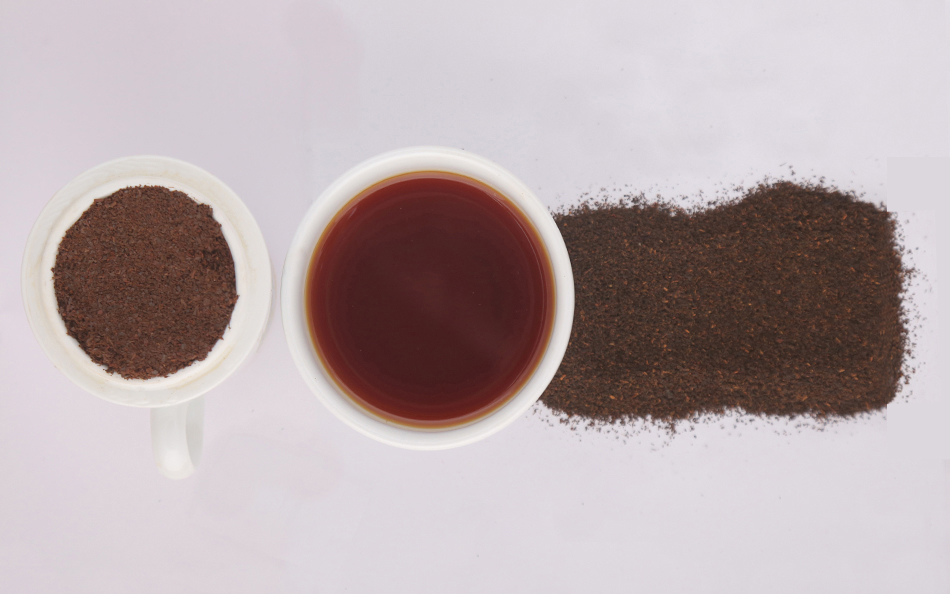
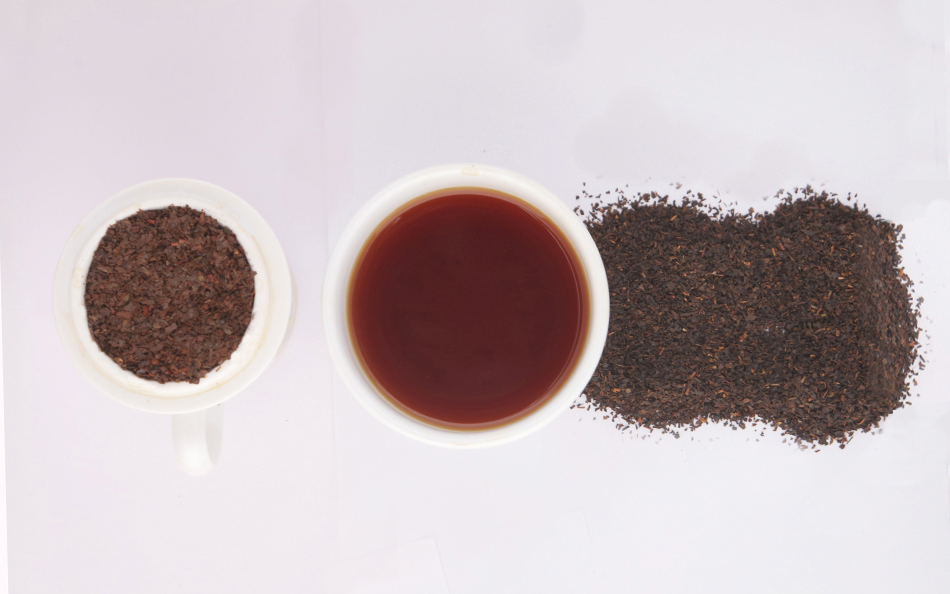


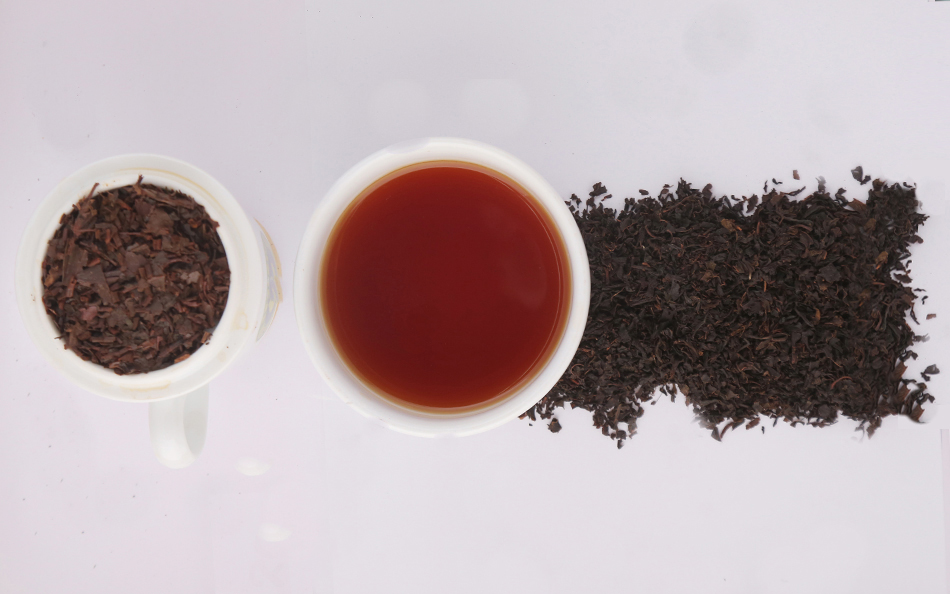

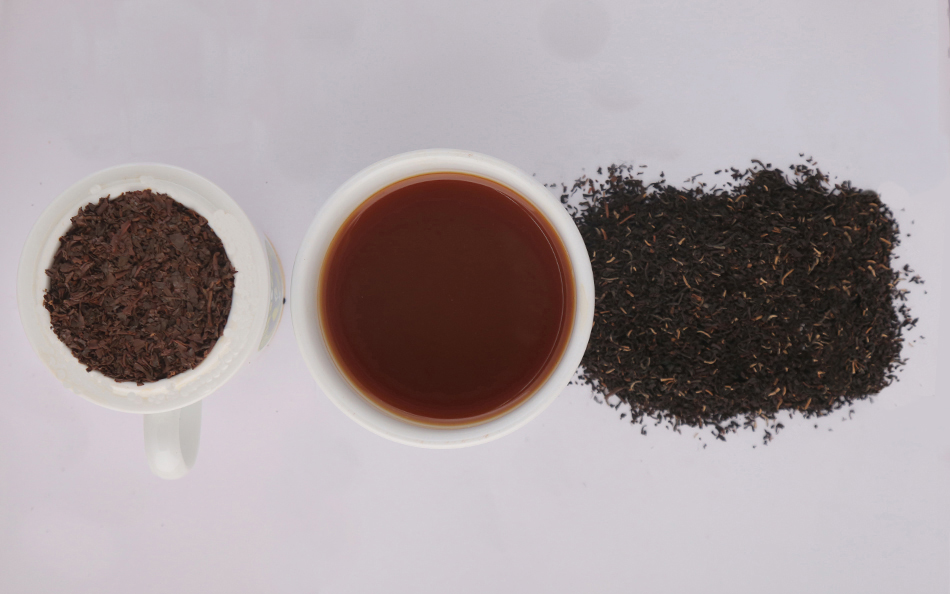
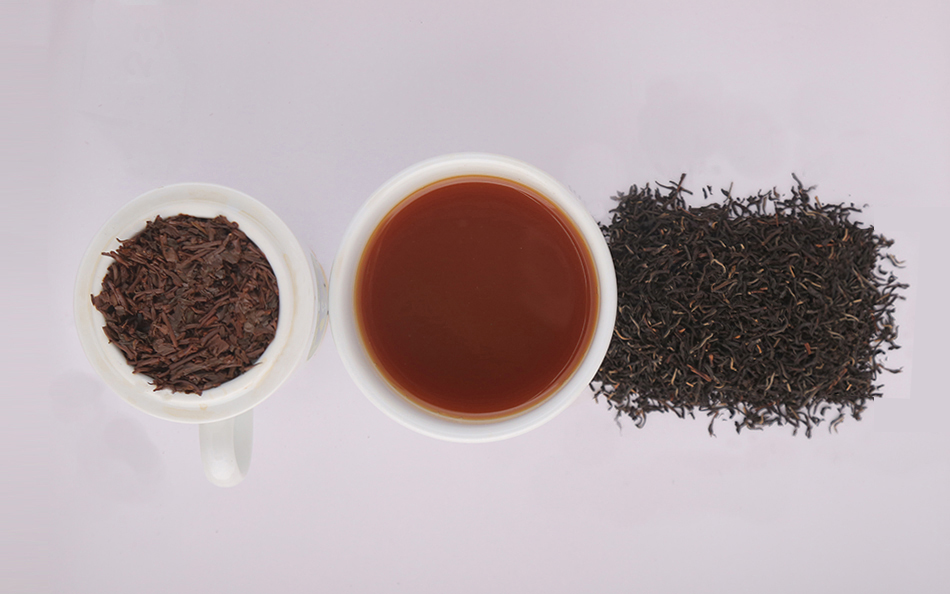

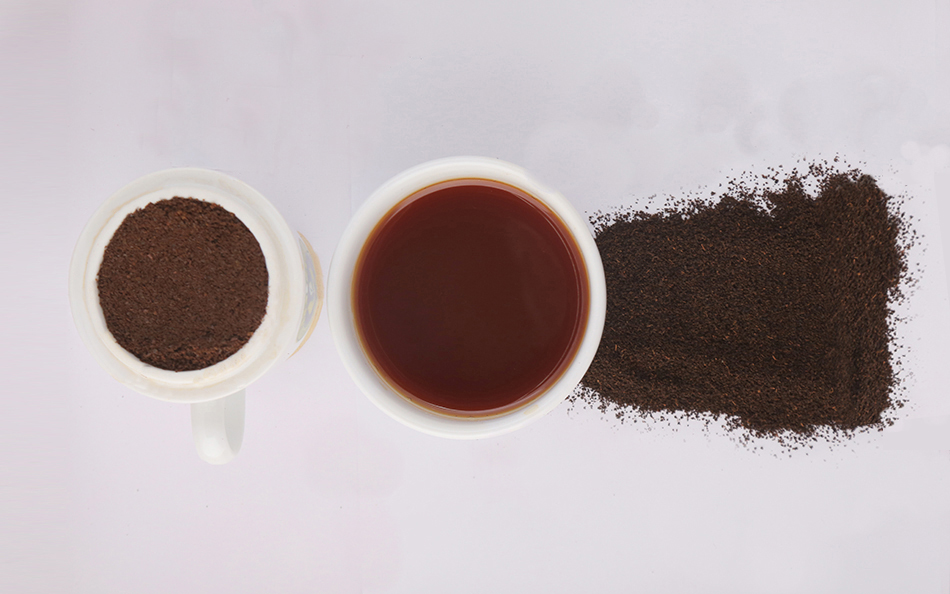
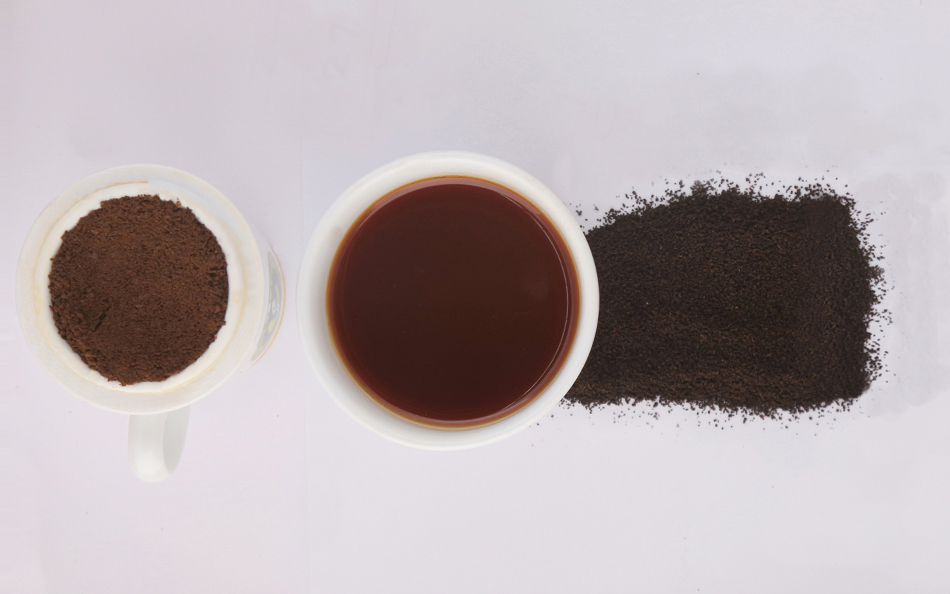

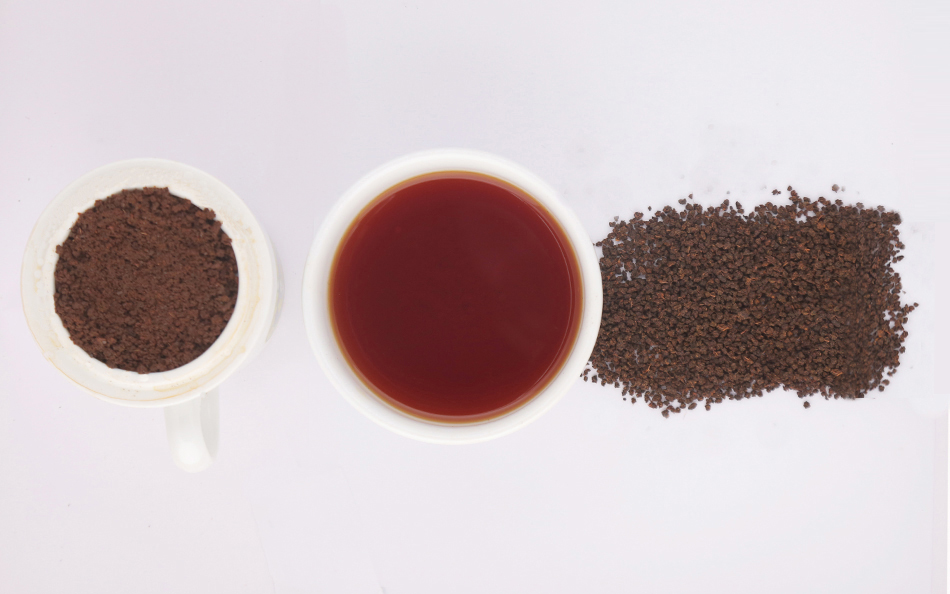
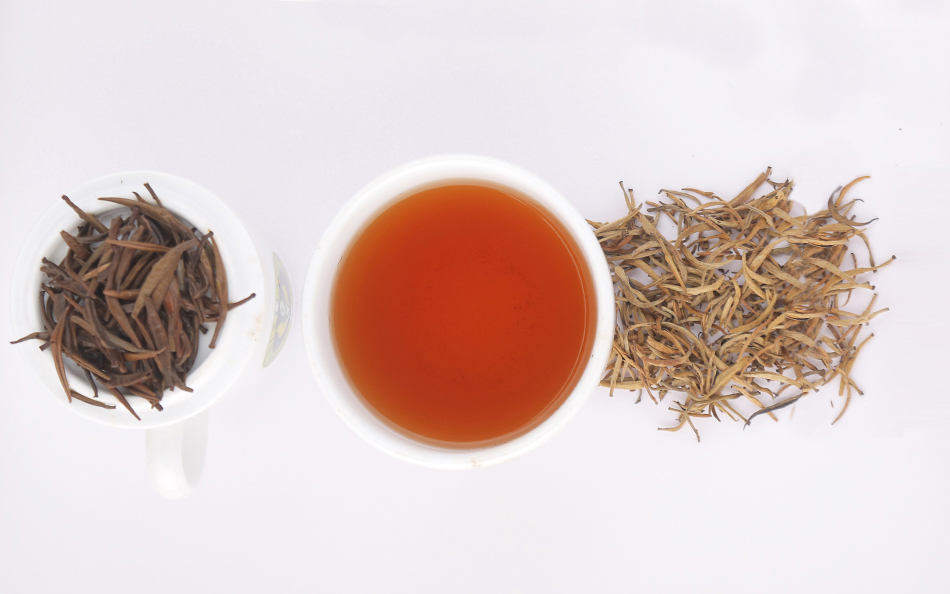
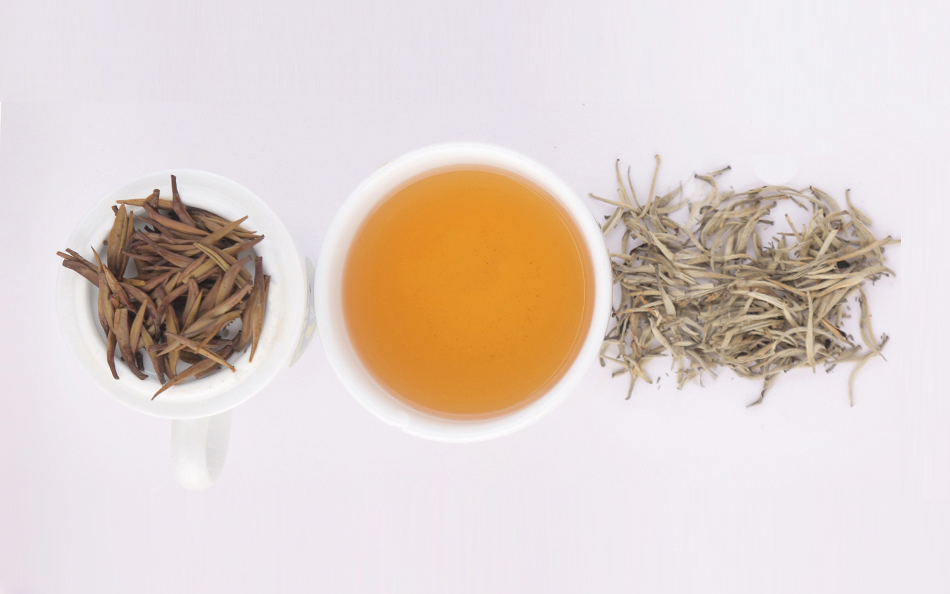
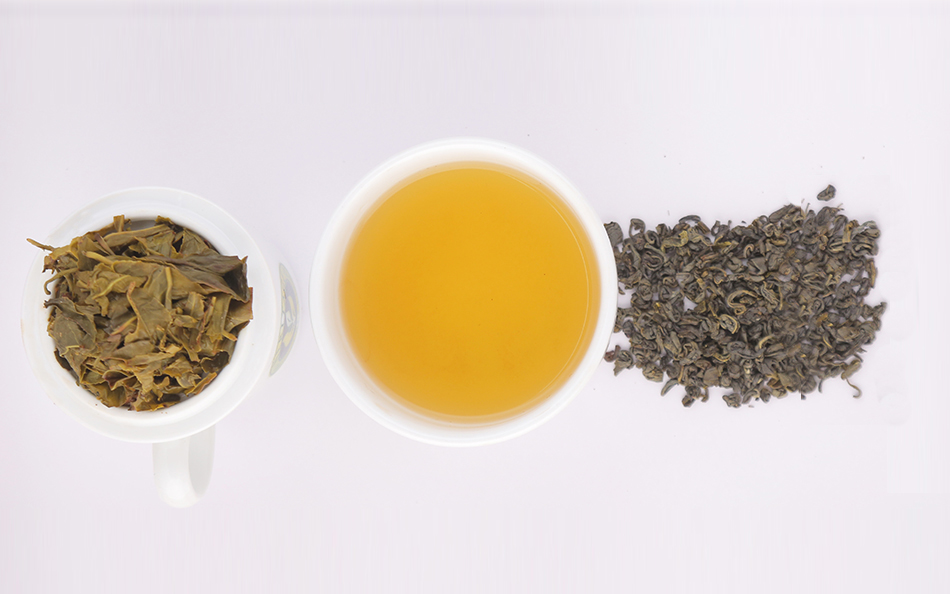
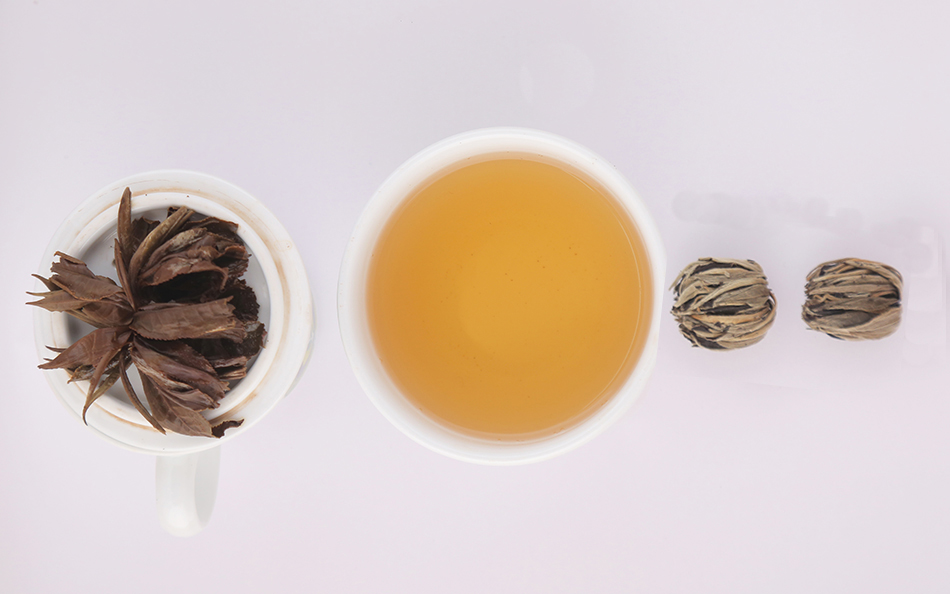
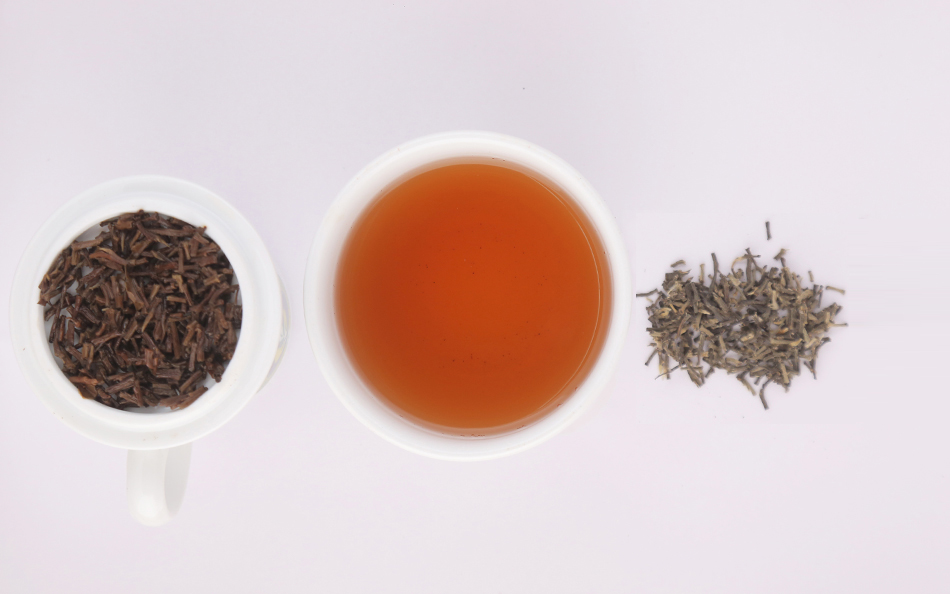

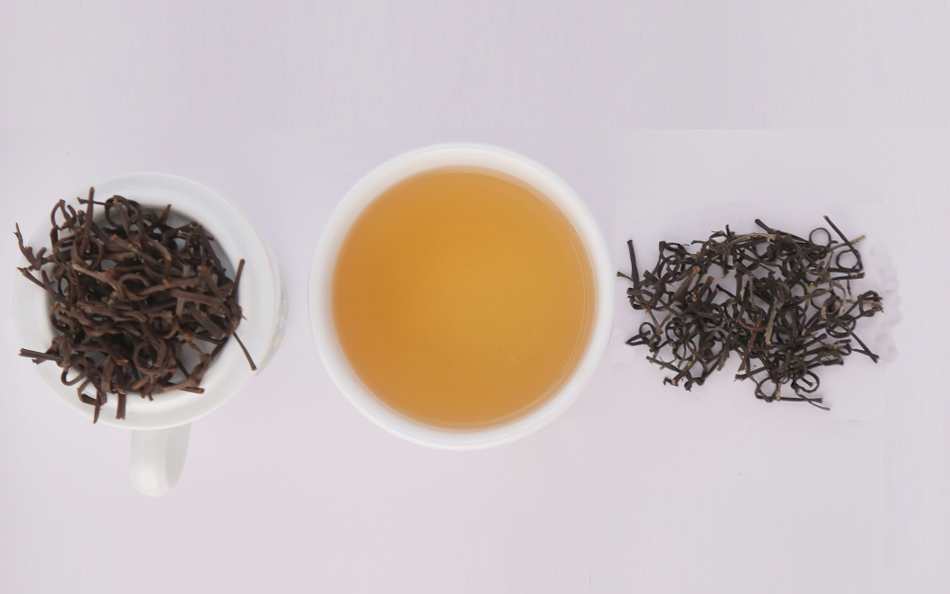
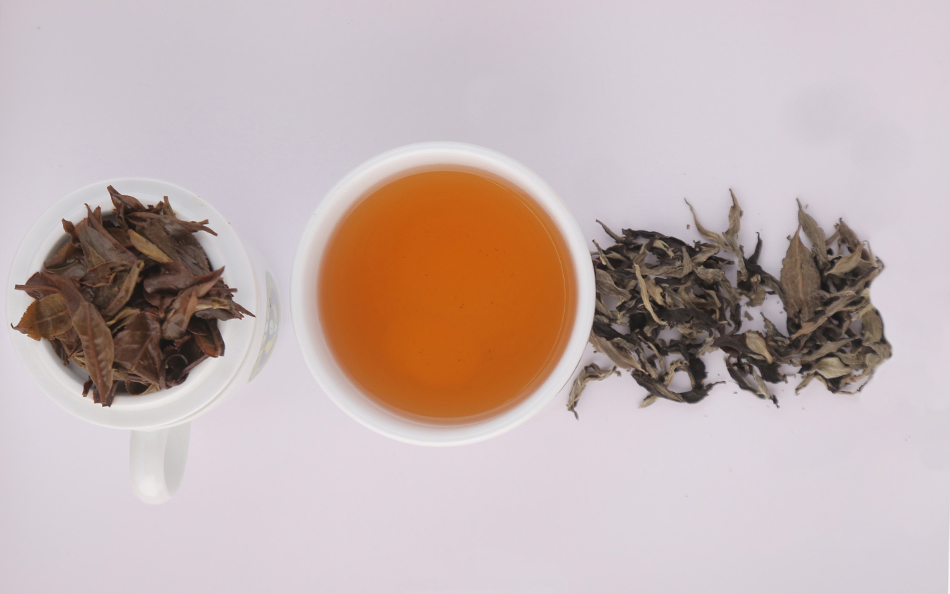
Follow us on